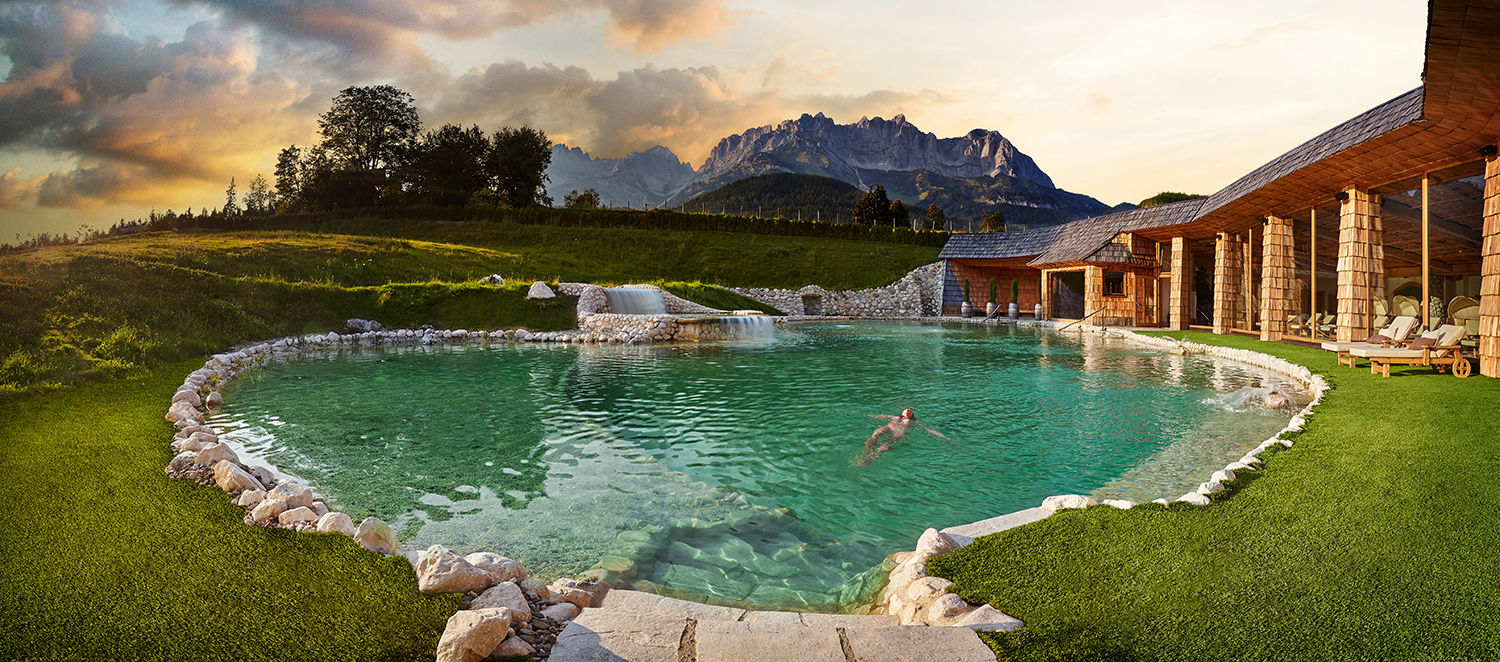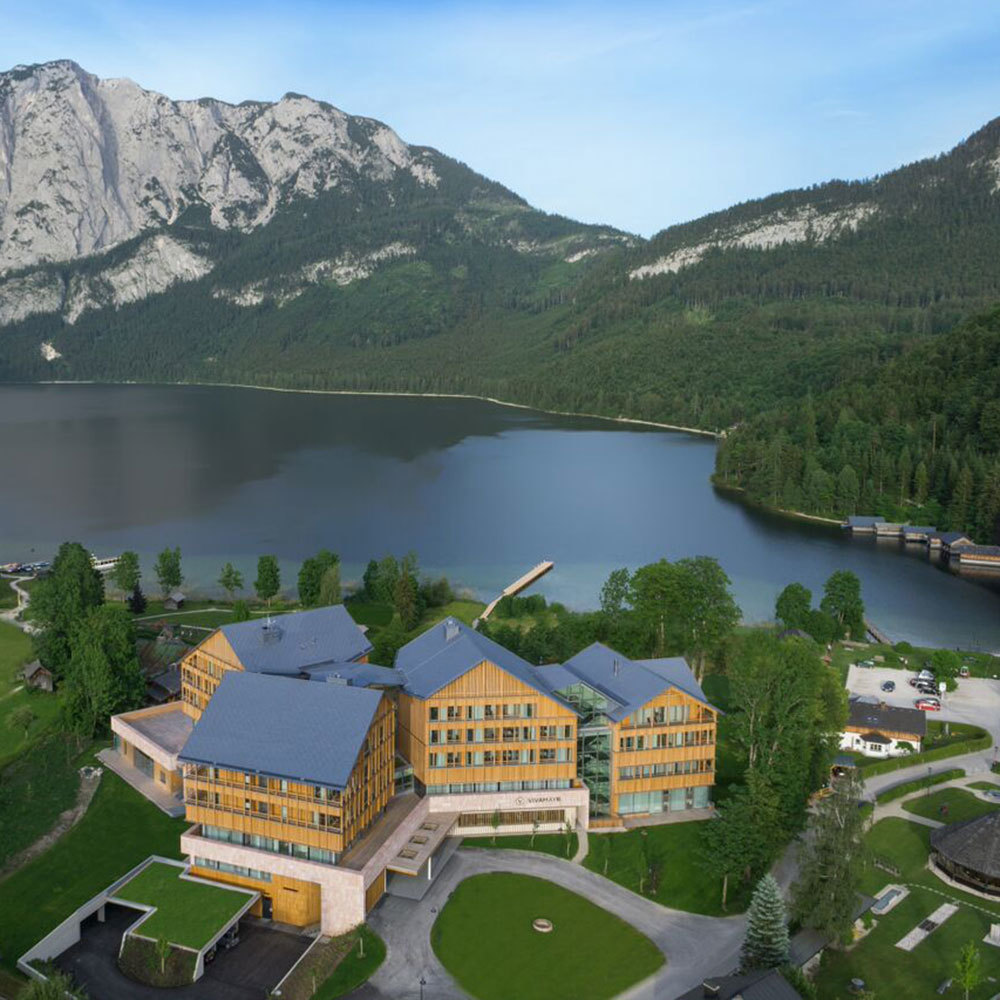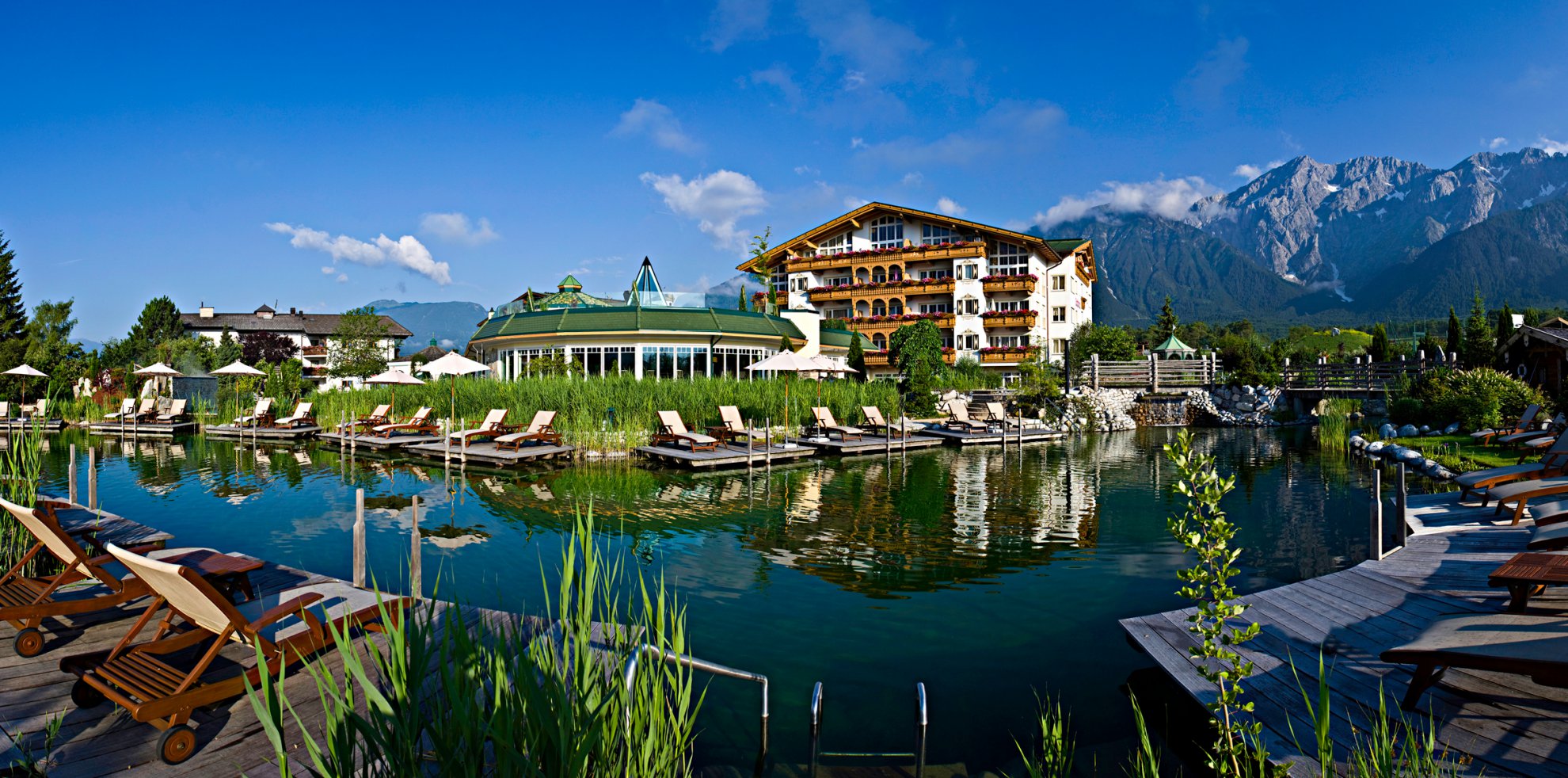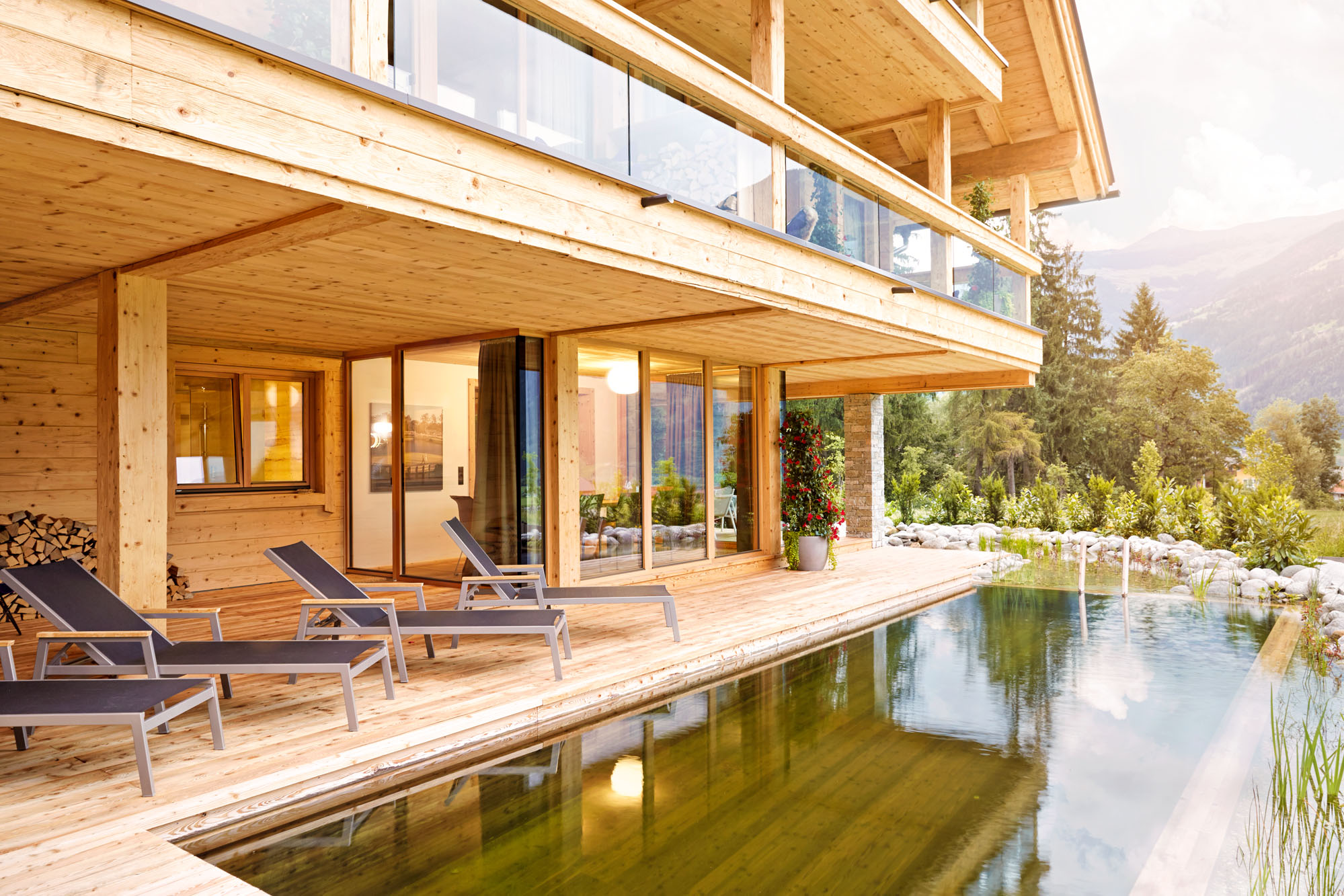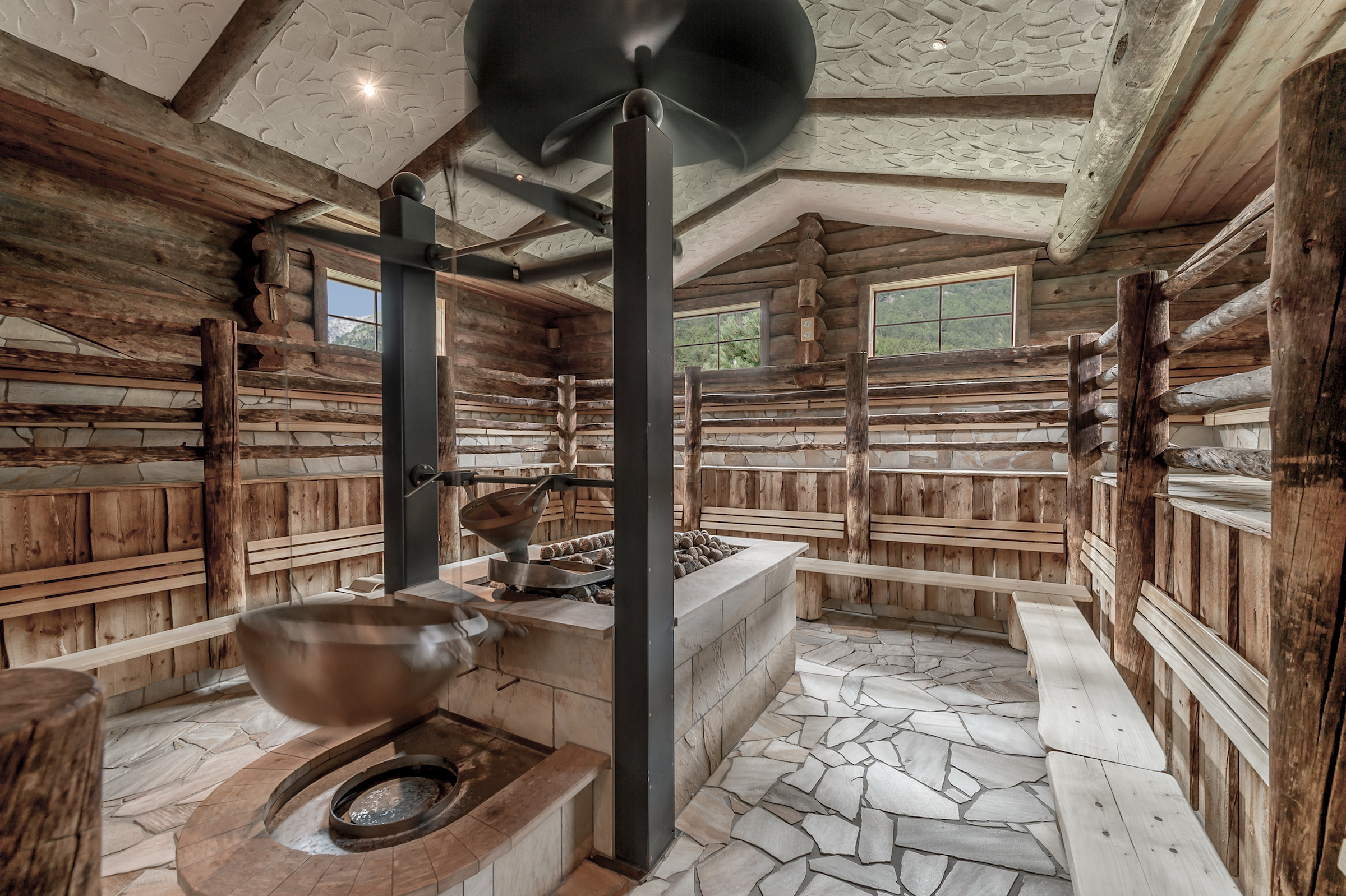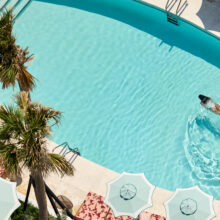5 Austrian Traditions You’ve Possibly Never Heard Of!
- Published: Tuesday, July 19th 2016
- in Travel & Play
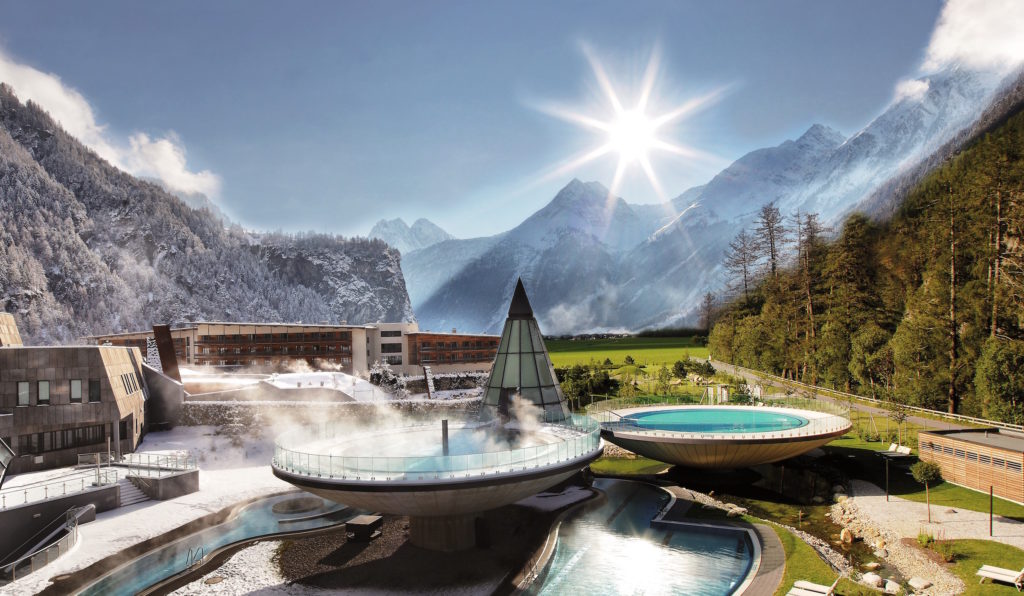
Austria, land of fresh mountain air, farm-direct-to-table eating, and where hiking and spa-going are a way of life, helped pioneer the “wellness hotel,” and boasts scores of properties where guests take a week or two just to rest, eat right, exercise in Alpine nature, soak in natural hot springs, and consult doctors. These unique wellness resources have made this tiny country a wellness tourism giant: the country ranks #1 in wellness travel spend per capita ($15.7 billion USD annually), and is the 5th-largest market in the world with a tiny population of 8.5 million. Consider: the Austrian Tyrol, site of the Global Wellness Summit (GWS) taking place in Kitzbühel, Tyrol, Austria from October 17-19 attracted over ten times as many inbound tourists (11 million) last year than it has full-time residents (under a million). In advance of the (GWS) summit we’re highlighting five traditions that are just a taste of countless Alpine cures and centuries-old therapies.
“You’d be hard pressed to find a nation that takes spa and wellness so seriously, and most people would find Austria’s vast spa/bathing centers, and fascinating spa menus that seem as long as novels, jaw-dropping,” said Sallie Fraenkel, founder, Mind Body Spirit Network, and the wellness travel expert that designed the pre- and post-Summit trips. “The Summit is unique for offering delegates trips (before and after the conference) that immerse them in the local wellness traditions. The 2016 GWS offers a record number (7) of pre- and post-Summit trips: from a tour of “The Thermal Waters and Grand Spas of Austria” to “An Austrian-Style Wellness Hotel Sampler”. To explore destinations, visit: http://www.globalwellnesssummit.com/2016-summit/2016-pre-and-post-summit-options
1. Sauna Aufguss: Sauna as Theatrical Event Saunas, rooms built for dry or wet heat sessions, are standard fare at spas, hotel and gyms worldwide, but they’re often small, lonely and uninspiring. And non-Europeans often jump in and out, while Europeans know how to “sauna” right: pushing the sweat experience and then cooling down immediately to get those endorphins pumping – and then repeating (and repeating).
In Northern, Central and Eastern Europe, sauna-going is a passion, and the rituals and facilities are often spectacular. And in German-speaking countries like Austria, the experience has become a true event (called “Sauna Aufguss”), elaborately choreographed by trained “Saunameisters” or “Aufgussmasters.” While there’s friendly rivalry about where Sauna Aufguss was born, most agree that Alpine Austria, Germany and Italy were the pioneers, where sauna-masters have been creating complex sauna rituals for decades: administering dozens of aromatherapy infusions (essential oils and herbs), precisely controlling heat and humidity, while using large towels to circulate heat and infusions.
And recently, sauna-as-event has been taking boldly theatrical and social directions in Austria Germany and Italy, morphing into 15-minute performances of pure fun and drama. Sauna-masters’ towel rituals have evolved into full-blown dance routines; they don costumes and act out songs and scenes from plays or movies; they lead the audience in chanting or singing; there are even light, music, laser and smoke systems. And sauna-as-theater is now spreading across Europe…and it’s very much a theater culture: spas post “what’s playing” in each sauna (infusions and performances) each morning, special schools train Aufgussmasters, there are annual Aufguss world championships, and massive theater-style “show” saunas for 50-300 people are being built from Austria to Norway to Poland.
“When Americans or Asians experience their first ‘show aufguss’, their mind is blown,” said Lasse Eriksen, development manager at Norway’s Farris Bad resort, and an Aufgussmaster that will present at the 2016 Summit. “This is a hot European spa trend, and it brings so many positives: the performances help people relax into, and extend, the healthy sweat ritual; it’s attracting young generations; and it adds so much fun to a professionally-overseen sauna experience, so what you feel, smell, see and hear is designed for human health and happiness – taking sauna to a new level.”
Experience Sauna Aufguss events at Austria’s Aquadome (a Pre-Summit trip), a vast wonderland of pools and saunas, including a three-tiered sauna stadium – or at A-ROSA in Kitzbühel or Stanglwirt (near Kitzbühel), where large sauna events are staged, the latter even using singing bowls.
2. The Mayr Cure: The Original Gut-Health Cleanse (a Century Before the Hype) “Gut health,” and the impact that healthy intestinal flora have on overall human wellness, has been grabbing headlines these last couple years. But roughly a century before it became a global trend, a famed Viennese doctor, Francis Xavier Mayr (1875-1965), pinpointed the gut-health connection, creating the Mayr “Diet” or “Cure.” The FX Mayr Method detoxes the digestive system with a dietary modification program revolving around three pillars: rest (including fasting); detoxification (nixing alcohol, caffeine, refined sugar, fatty foods, gluten and raw food – and cutting the technology cords); and training (learning to chew each bite 30-50 times and eat mindfully, with meals taken in silence). It’s a high-alkaline diet (lots of Epsom salts and special teas, to de-acidify the digestive system), so totally different than trendy raw-food or juice cleanses. Under doctors’ supervision, guests at a Mayr-based clinics will also typically have daily abdominal and full-body massages, Kneipp water treatments, exercise like Nordic walking – and those massive Austrian menus of spa/medical treatments to choose from.
Yes, it’s initially painful: a meal might be a bowl of thin vegetable soup and stale (so easier to chew) spelt bread. But the reason that Mayr clinics have mythic status among celebs and wellness insiders, is that they really work. Guests report that after a few days they experience the famed “Mayr energy surge” – and they return again and again.
The Mayr Method requires special medical training and is practiced at many Austrian and German spa resorts. Give your gut, body and mind a break at the pioneer’s original Austrian location: VIVAMAYR (Lake Wörthersee) or at their new, state-of-the-art VIVAMAYR Altaussee (a post-Summit trip). The other leader in evolved Mayr Medicine: Lanserhof, with its original Austrian location Lanserhof Lans (undergoing complete renovation through December) and their gorgeous, new Lanserhof Tegernsee (Germany).
3) Hay Baths
Hay baths don’t involve soaking in water and are more than a “roll in the hay.” A traditional Austrian practice for 200+ years, they started when people noticed that farmers that slept in hay would awake pain-free and energized – and a treatment was born. Far more luxurious and hygienic today, hay baths involve tightly cocooning a guest in moistened-in-hot-water, fermenting Alpine hay, with healing herbs like arnica, lady’s mantle, heather and thyme added, which, because grown at high elevations, are packed with proteins and essential oils. Then you sweat it out and absorb the aromatic essences for about twenty minutes. Often staged on dry flotation beds, after the hay-wrap you’re bundled in linen sheets to relax, skin still glossy with natural oils, and an intense full-body massage often caps it off.
Hay baths, and phytothermotherapy generally (immersing the body in fermenting, fresh grasses), are an age-old, Tyrolean detox tradition, with numerous healing properties claimed: from respiratory to rheumatic problems. And there’s a dizzying varieties of “baths” at Austrian spas, of which “hay” is just one: from molkenkur, or whey baths, immersing people in this cheese by-product for healthy skin (try it at Stanglwirt, where the whey comes from the resort’s cows) – to radioactive radon baths famous in Bad Gastein, Austria – to briny salt-baths all around Salzburg.
Try a modern hay bath at Austria’s Alpenresort Schwarz or Wiesenhof Spa & Park Hotel
4) Healing Through Wood
Forests (of spruce, fir, larch and all kinds of pine) cover half of Austria, so it’s not surprising that Austrians have special insight into the healing powers of wood. “Forest bathing” has been a big global trend (that practice of quietly walking and soaking in the forest’s essence), especially as studies show time spent among phytoncides, airborne chemicals emitted by trees, lowers blood pressure and boosts cancer-fighting natural killer cells. But Austrians take “forest bathing” in new directions: from sustainable, all-local-wood building that brings the forest inside, to a profusion of healthy wood-based products, and super-woodsy spa, bathing and sauna experiences.
Austrian companies like Binderholz, that manufacture wood building materials and all kinds of wood products for wellbeing (a Pre-Summit trip), embrace the philosophy that not only is responsibly-sourced wood the only renewable, low-carbon-footprint building material – but that wood buildings/products are good for human health, lowering heart rate and stress. For instance, one study* indicated that exposure to Austrian Stone Pine (valued for centuries for its healthy qualities, and whose aromatic scent can last 30 years in buildings), may improve sleep by saving you 3,500 heartbeats a night. So, in Austrian homes, hotels, spas and products, you will find gorgeous local wood everywhere, like the stunning, Ecolabel-EU-certified, all-local-wood ZillerLodge (a Pre-Summit trip). At Austrian hotels/spas you will be offered “pillow menus” to select woodsy, restful ones like those stuffed with stone pine shavings. It’s impossible to capture all the wood-infused-inhaled-and-applied spa experiences: at Der Wiesenhof resort, stone pine baths and wood scrubs are on offer – at Aquadome, there’s everything from “moon wood” massages with mountain pine oils to pinewood-infused bio-saunas.
5) Textilfrei: No clothes for health, not “nudity”
In Austria, when you enter spa and sauna areas at resorts and hotels, you will typically see signs reminding you that this is a “textilfrei” zone: clothes and bathing suits are verboten. Austrians take their clothes-free spa-going very seriously, but it comes from a very different mindset than English “nudity”: that refers more to what you’re showing off, while the Austrian concept is all about textile-free for hygiene, health and comfort. Austrians know that sweating into bathing suits (often made of nylon, polyester, etc.) in high-heat-and-humidity environments traps bacteria, and is simply not good for you. So, in Austrian spas, young and old, male and female, relax clothes-free together…even showers can be unisex.
This can cause puritanical panic attacks for tourists, but you’re encouraged to bring a towel (to protect against hot seats), and these can be draped strategically. And each spa is different: some are 100% textile-free; some, in addition to larger no-clothes areas, have separate women’s and men’s facilities. But after a few days of staring and blushing, most tourists relax into their birthday suits. They may soon find themselves singing and drumming in a lively Sauna Aufguss event, with dozens of other happy, textile-free people…that’s Austria.
The Global Wellness Summit attracts leaders from every wellness industry sector. For information about attending, click here. Limited sponsorships are still available, contact Michelle Gamble.
To learn more about the 2016 Summit, click here.
* Joanneum Research, 2003
About the Global Wellness Summit: The Global Wellness Summit (GWS) is an invitation-only international gathering that brings together leaders and visionaries to positively shape the future of the $3.4 trillion global wellness industry. Held in a different location each year, the Summit attracts delegates from all over the world. Summits have taken place in the U.S., Switzerland, Turkey, Bali, India, Morocco and Mexico City. The 2016 Summit will be held in Kitzbühel, Tyrol, Austria from October 17-19.
